Look at this amazing set of Copeland Spode I found while thrifting the other day! It’s so pretty!
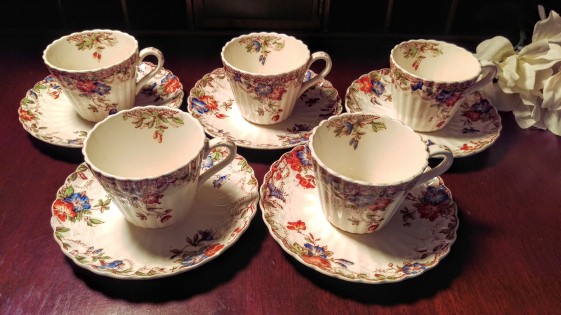
Now, Spode has been around since the late 1700s when Josiah Spode opened his Spode Pottery in 1776. He opened at Stoke-on-Trent in Staffordshire England where there were a bunch of other potteries (Collectors Weekly). Because there were so many other potteries, Spode needed to find a way to stand out.

The Spode Museum website states that Josiah Spode’s company “developed the technique of underglaze transfer printing on earthenware” around 1784.

Collectors Weekly says Spode’s first success came in the 1790s when they began producing a line of blue-on-pearl china designed by Thomas Minton. Spode found a way to stand out by the richness of their blue cobalt hues.
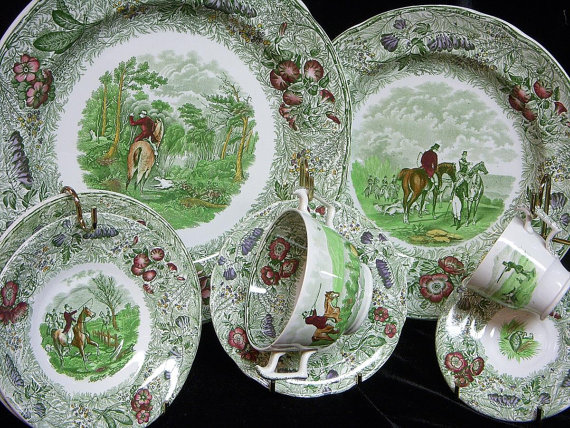
Early on the patterns were usually designated as a number on the bottom of the piece along with the Spode name. They started at number 1 in the 1800s and by 1833 they had more than 5,000.
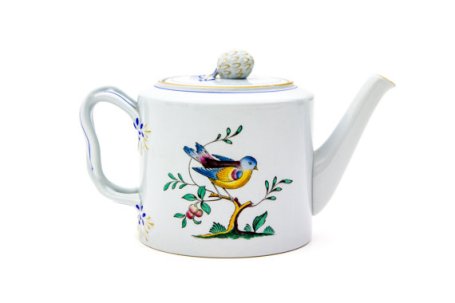
Joshia Spode passed away and his son Josiah Spode II took over in 1797. It was he who finally perfected the proportions of bone ash to porcelain to create some of the finest porcelain in the world. Collectors Weekly says the mix was “between 33 and 50 percent burnt animal bone, plus equal amounts of feldspar and quartz, yielded porcelain that was extremely white, strong, cheap to produce, and translucent.”

That formula became the “forerunner of all modern English Bone China” (Spode Museum website) which is saying a lot. Some popular designs were Willow, Tower, Camilla and London. They also did imitation Chinese pieces.
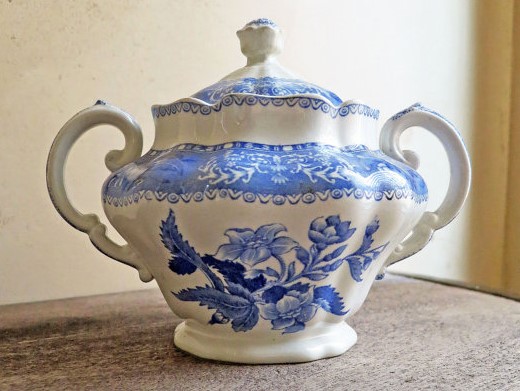
Josiah Spode II died in 1827 and William Taylor Copeland took over at Spode when Josiah Spode III died in 1833. The company became Copeland and Garrett which then became W.T. Copeland and then W.T. Copeland and Sons by 1867.

From 1870 to 1970 the Copeland name was used in many different forms. Many times it was combined with the Spode name. That would create the name that my lovely set featured at the top of this post has as a backstamp, Copeland Spode.

One of the most successful of the Copeland Spode designs was The Christmas Tree pattern. It was designed by Harold Holdway in 1938 according to the Spode Museum website. It was originally marked 1938 on the back but they dropped that in subsequent years.

The Christmas Tree pattern was one of the transfer prints they were famous for that took a lot of skill to create. Before computerization, each copper-plate that was created for the design took around 6 man-weeks to produce and multiple sizes were needed for the different pieces within a set.
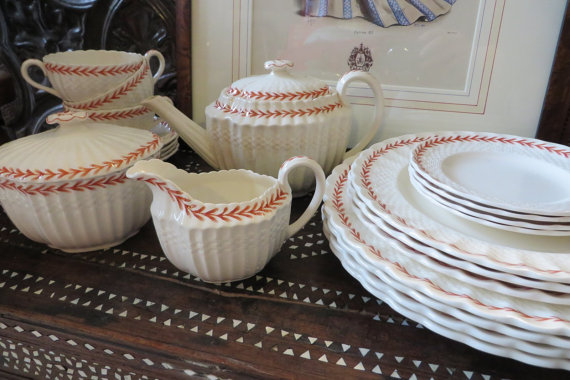
In 1970 the name went back to Spode Ltd. which then became Royal Worcester Spode Ltd. in 1976 (Collectors Weekly). So the company definitely went though a number of changes. As you know, when you are the best everyone copies you. It may be the “sincerest form of flattery” to be copied, but in business, it’s devastating. They went out of business in 2009 filing for bankruptcy. Cheap knockoffs killed the pottery star in this case.
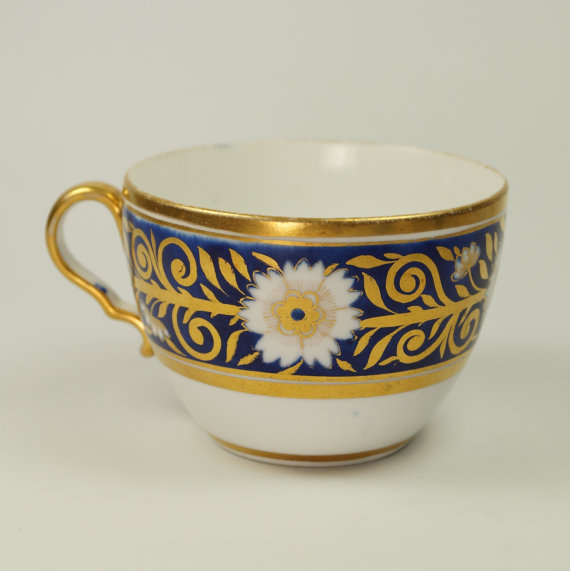
So that is the history of Spode in a tiny nutshell. Visit the sources I’ve cited in this post for more in-depth information. Clicking on the pictures will take you to the shops featured in this post.
If you have a chance, leave me a message! I love to hear from my readers.
 Follow my blog with Bloglovin!
Follow my blog with Bloglovin!
I am partying this week at:

Nice find on the cups & saucers – I always find Spode hard to pass up : )
LikeLiked by 1 person
I just love the colors!
LikeLike
I love Spode China. Chelsea wicker was my everyday china when I got married many moons ago and still is today. Plus I just purchased a collection of Indian Tree (or India Tree) which I love as well. Love love love Blue Italian Spode too! Can’t get enough Spode so much so my cupboards are about to “Ex-Spode”. Thank you For the feature Rheta. Jeanne #minniesflea
LikeLiked by 1 person
You’re welcome, Jeanne!
LikeLike
What a great post….I’m so glad you did a quick overview with great examples. I have a number of pieces, old and new, in my cupboards. Thanks, so much will be pinning much of this, Sand
LikeLiked by 1 person
Thanks, Sandi! I’m so glad you enjoyed the post. I have a lot of fun researching pieces.
LikeLike
I love the scalloped edge on the first teacups and the bird teapot!…nice find!
LikeLiked by 1 person
Thanks! I passed it by 2x before I couldn’t resist!
LikeLike
I love your set of Copeland Spode teacups! What a great find! I’m a vintage teacup addict btw!
Linda
LikeLiked by 1 person
Thanks, Linda! Vintage teacups hold their own charm for sure 🙂
LikeLike
Your cup and saucer set is so beautiful, Rheta! I’ve probably mentioned before that we lived in England for a while, not too far from Stoke-on-Trent. I had the chance to visit several of the potteries, which was just awesome for an antique dealer 🙂 So glad you linked up with Vintage Charm–
LikeLike
Thanks, Diana! I can only imagine the amazing things you saw at those potteries. I’m not sure why I’m drawn to pottery but I can’t seem to resist it!
LikeLike
It’s all so beautiful… I am giving you a feature tomorrow morning for “Let’s Talk Vintage!”
LikeLiked by 1 person
Thank you so much, Jill! I recently found your blog and followed you. Always looking for good vintage blogs 🙂
LikeLike
Beautiful pieces and really interesting! Thank you
LikeLiked by 1 person
Thanks, Karen! Spode definitely did lovely work 🙂
LikeLike